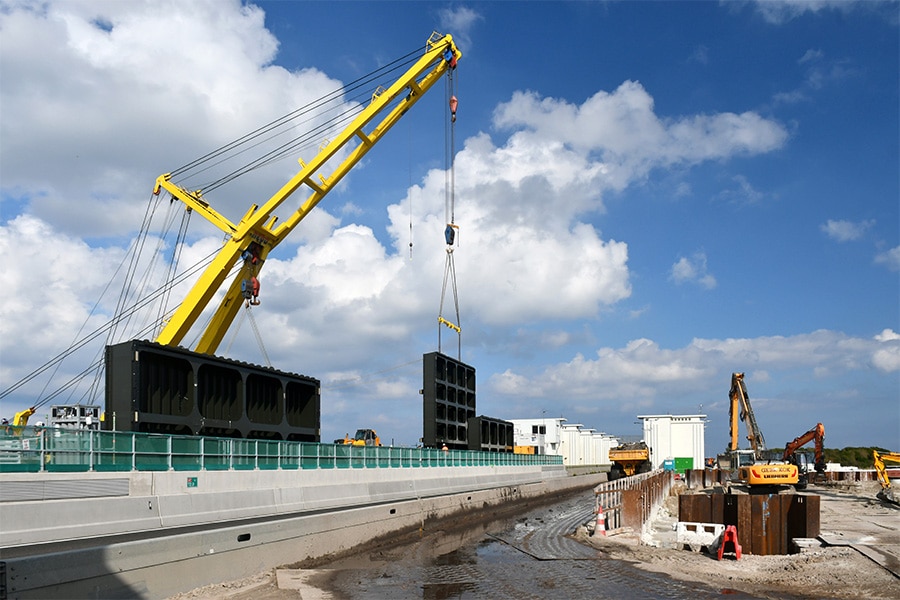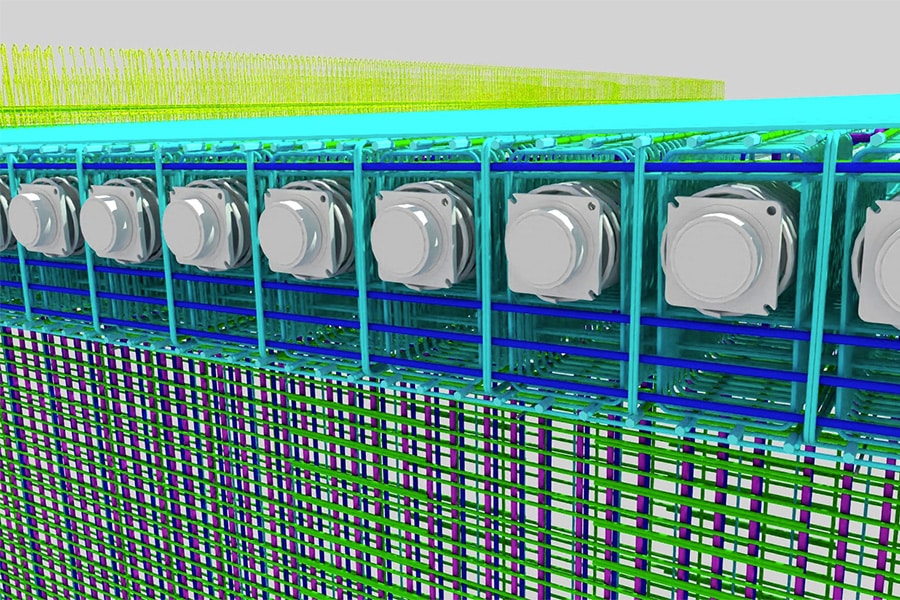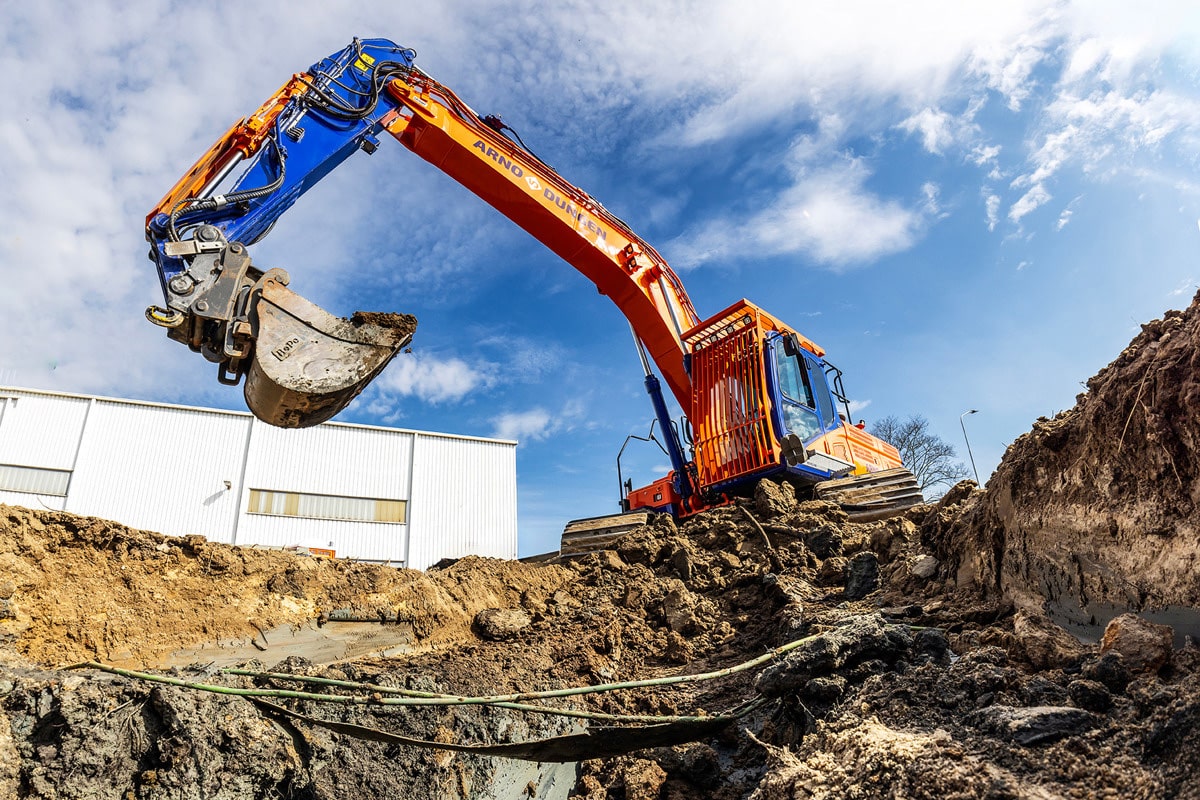
Xpert speaking: Hans Huijink
Based on market developments and needs, I formulate objectives with which I provide guidance and direction for optimal results and healthy growth. Innovation and sustainability are important drivers here,' says Hans.
Cold plastics versus thermoplastics
According to Huijink, thermoplastic road markings are currently the standard in the Netherlands. 'This is in contrast to Germany, where cold plastics are already number one. That has grown historically and varies from country to country. The two-component cold plastics already occupy a permanent place as road markings and alternative to thermoplastics and are also gaining ground in the need and pursuit of sustainability.
'So we can say that cold plastics are much more wear-resistant and last longer. A longer functional life is obviously good for the environment. Because coldplast wears down considerably less quickly, it can often be applied to lower layer thicknesses. Thermoplastic wears down steadily and is applied at a standard layer thickness of 3.0 mm. With coldplast, a layer at 2.0 mm or even 1.5 mm thickness is often sufficient. This means that fewer kilograms of material need to be used. Less material means less burden on the environment in raw material extraction, production, transport and application.Another point is that the steadily wearing thermoplastics with dust particles and microplastics burden the environment much more than is the case with cold plastics," Huijink lists.
The application of cold plastics
'In application, cold plastics also win out over thermoplastics when it comes to preservation,' Huijink says. 'Thermoplastics are solids that are heated in boilers to about 180°C to become liquid. That diesel oil-fueled process obviously leads to Co2 emissions. The two-component cold plast is a liquid resin to which a hardener is added. Heating with Co2 emissions is therefore not an issue with cold plastics. For both cold and thermoplastics, by the way, it does not contain solvents.'
Circularity and sustainability go hand in hand
'Circularity is an important part of sustainability. Whereas thermoplastic has to be milled separately from an old road pavement and disposed of as construction waste, cold-plastic is fully recyclable. It is a so-called inert material, which can be milled with the old road pavement and serve as granulate in the asphalt recycling process. With its recyclability, coldplast therefore scores high on the circularity ladder,' Huijink says.
A state-of-the-art production process
'Triflex' two-component cold plastics are produced in a state-of-the-art "state of the art" production facility, where attention to sustainability is the starting point. Efficiency in the production process, reducing waste and emissions, heat recovery and limited energy consumption are all integrated and important factors that contribute to caring for our environment. All in all, this road marking is the right choice in the context of sustainability and will take over the role of standard applied road marking material," Huijink says in conclusion.
Curious about the possibilities or do you have another question? Then contact us without obligation on +31 (0)38 460 20 50 or mail to info@triflex.nl. We are happy to help you.



